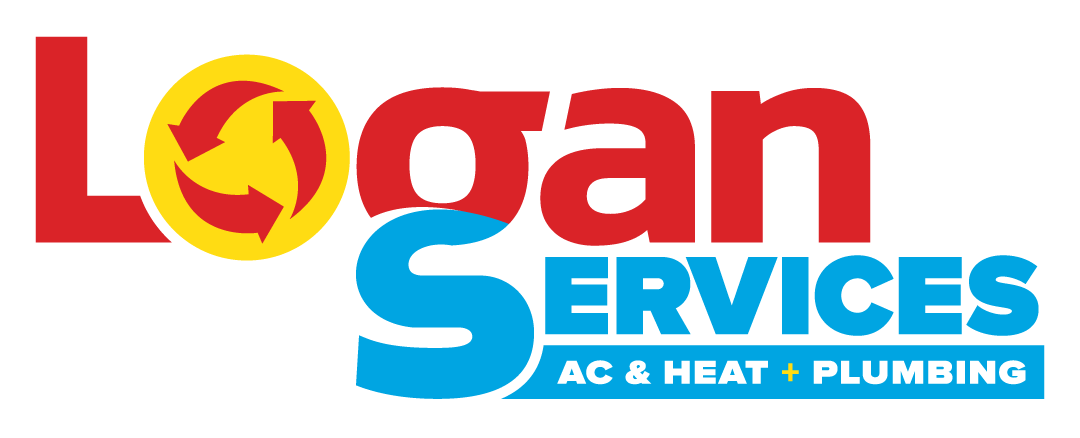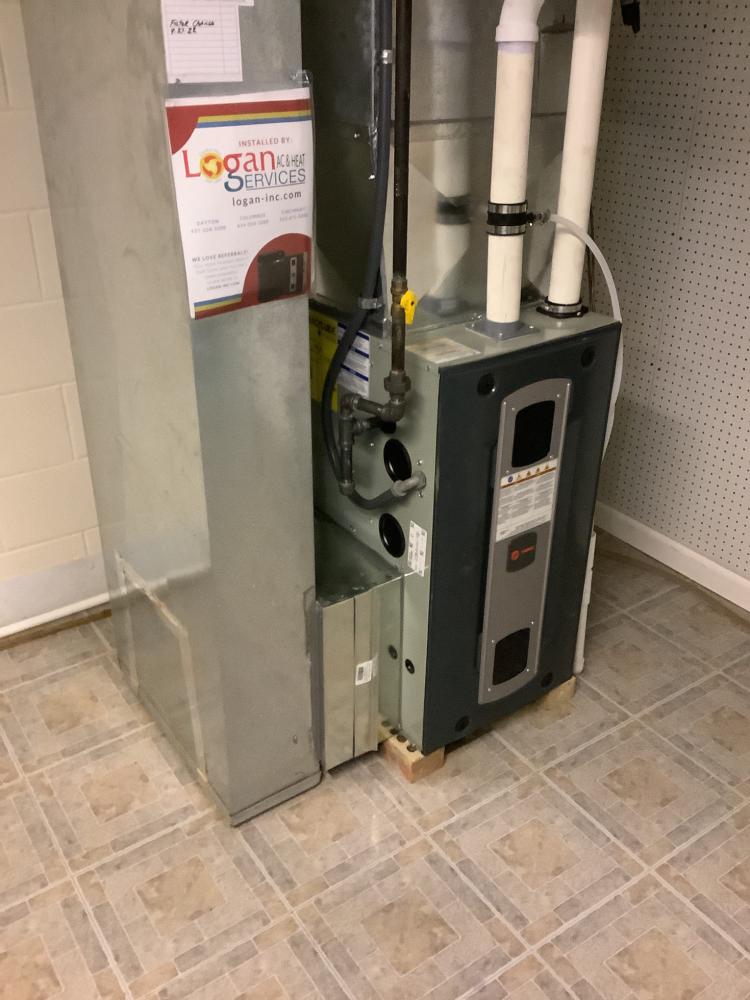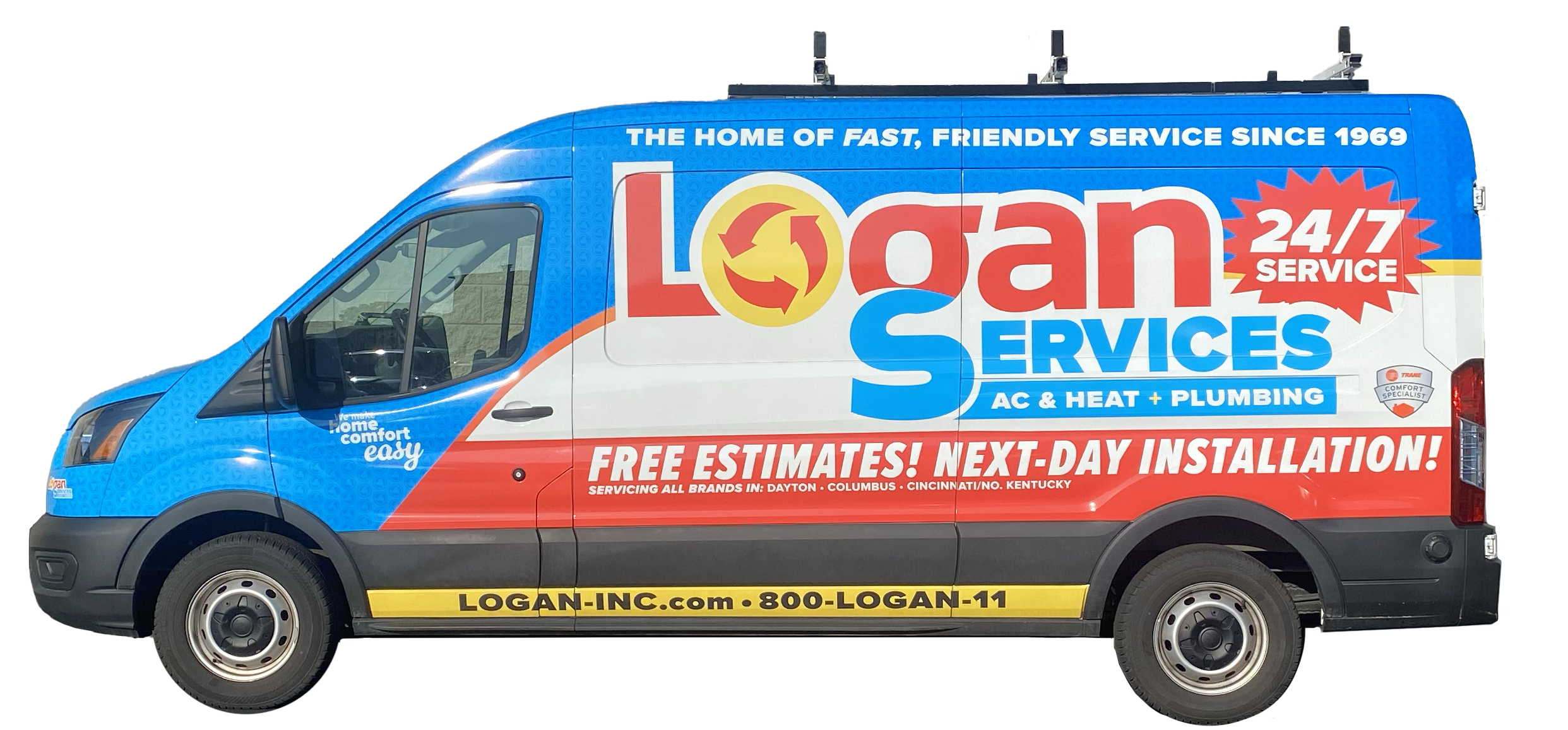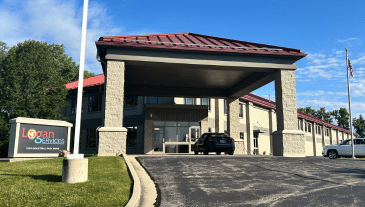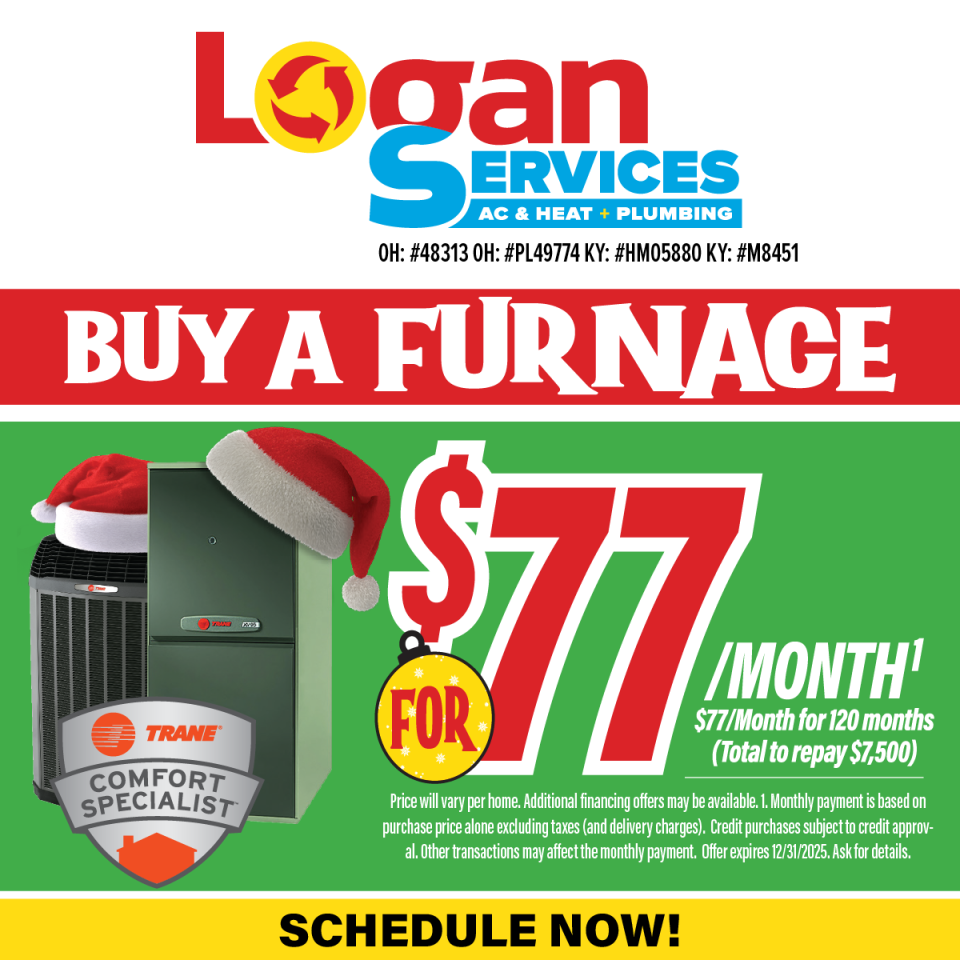Understanding Furnace Energy Efficiency Ratings
Furnaces are rated on efficiency based on their AFUE (Annual Fuel Utilization Efficiency) number, which measures a gas furnace’s efficiency in converting fuel to energy — the higher the rating, the more efficient the unit. The more efficient your heating equipment is, the more you will expect to save on your utility usage because less fuel is wasted.
While a 95% efficient furnace will come at a higher upfront cost than an 80% furnace, the savings you will recoup in energy usage will soon offset that and continue to save you money compared to a baseline, standard efficiency heater.
There are 3 types of categories for furnace efficiency:
- Low Efficiency : No longer in production, furnaces with an AFUE rating of approximately 55% to 78% are considered low-efficiency heating equipment.
- Standard Efficiency : The most basic furnace being manufactured today, a standard or mid-efficiency furnace has an AFUE rating of around 80%.
- High Efficiency : If a furnace is considered a ‘high-efficiency furnace,’ it is rated as 90% AFUE or more.
When it comes to furnace replacement in today’s world, you can purchase standard/mid-efficiency or high-efficiency. While both are great upgrade solutions to a less efficient heating system, you’ll want to understand the differences between them and how the benefits stack up over time.
When making your equipment selection for your gas furnace installation project, take the time to weigh the differences between mid-efficiency and high-efficiency furnaces. Consider the following 80% vs. 95% comparisons when deciding:
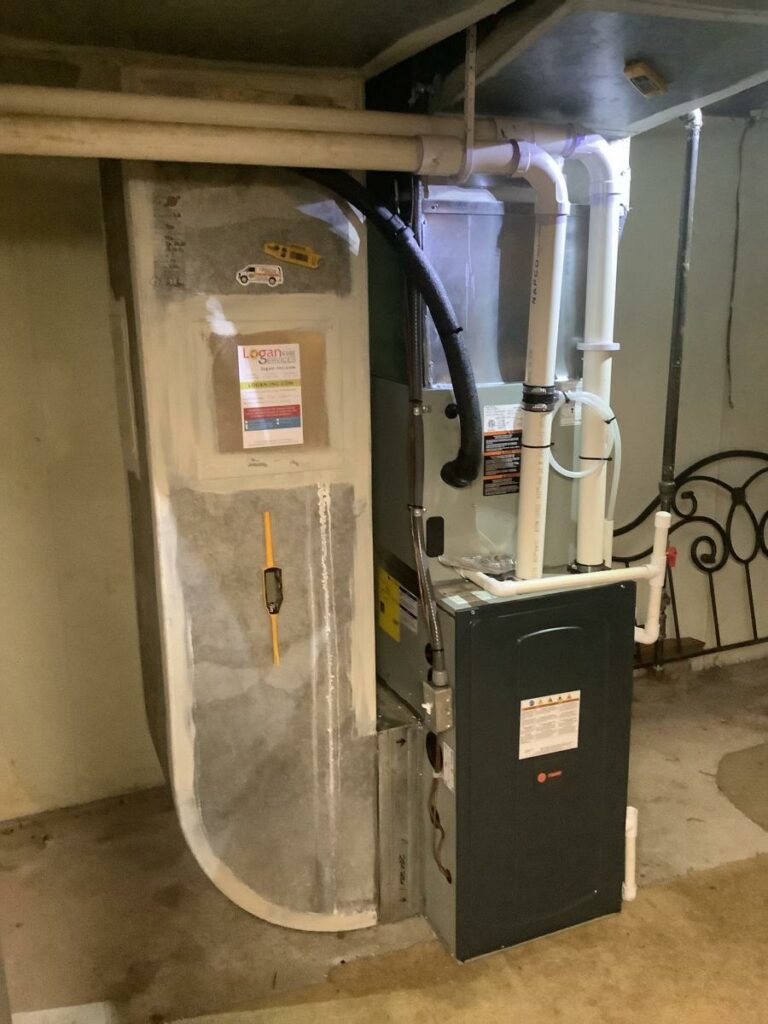
- Efficiency and Heating Costs : One of the most significant differences between an 80% and 95% furnace is the efficiency levels, which should directly impact heating costs. Simply put, an 80% furnace will utilize 80% of the fuel to produce heat, and 20% will be exhausted in waste. On the other hand, a 95% furnace will use 95% of the fuel you purchase to heat your home while only exhausting 5% in waste. Over time, this efficiency difference can drastically increase your fuel usage. A 95% AFUE furnace will utilize 15% more of the propane or natural gas you buy for heating operation, which in turn, should save you roughly 15% in fuel costs throughout the furnace’s lifetime.
- Indoor Comfort Levels : An 80% and 95% high-efficiency furnace should both do a great job providing reliable warmth to your home in the heating season. One slighter differentiator is that the system will heat up faster with just one heat exchanger in an 80% furnace, often providing a rush of hot air when the system kicks on. A 95% furnace has 2 heat exchangers, so the heating up process is more gradual, which is commonly preferred for experiencing the best comfort.
- Noise : A 95% high-efficiency unit has what’s called ‘sealed combustion,’ which in terms of noise, means that some of the sounds made in operation are minimized in a tightly sealed compartment of the furnace. On the other hand, an 80% furnace will have what’s called ‘atmospheric combustion’ or ‘open combustion’ where the combustion air is not sealed in, which won’t muffle those noises. Ultimately, what may impact the noise you hear with any furnace is your proximity to the indoor system (whether located in a basement, attic, utility closet, or crawl space) and if you have a single-stage, two-stage, or variable-speed furnace.
- Upfront Furnace Cost : A high-efficiency furnace comes at a higher upfront cost than an 80% efficiency furnace, but the rebates and incentives for choosing an energy-efficient model can make that cost difference marginal. This is especially true when comparing the cost savings on your utility usage over the lifespan of the furnace.
- Installation Costs : The steps to installing an 80% vs. 95% furnace may be slightly different, but the installation cost should remain about the same. There may be more materials needed for proper venting of a high-efficiency furnace with sealed combustion. Still, in the end, if the company you choose to install has a lot of experience with 95% furnaces, the job should be done at a similar cost and timeline as a mid-efficiency system.
Additional Factors That Affect Furnace Efficiency
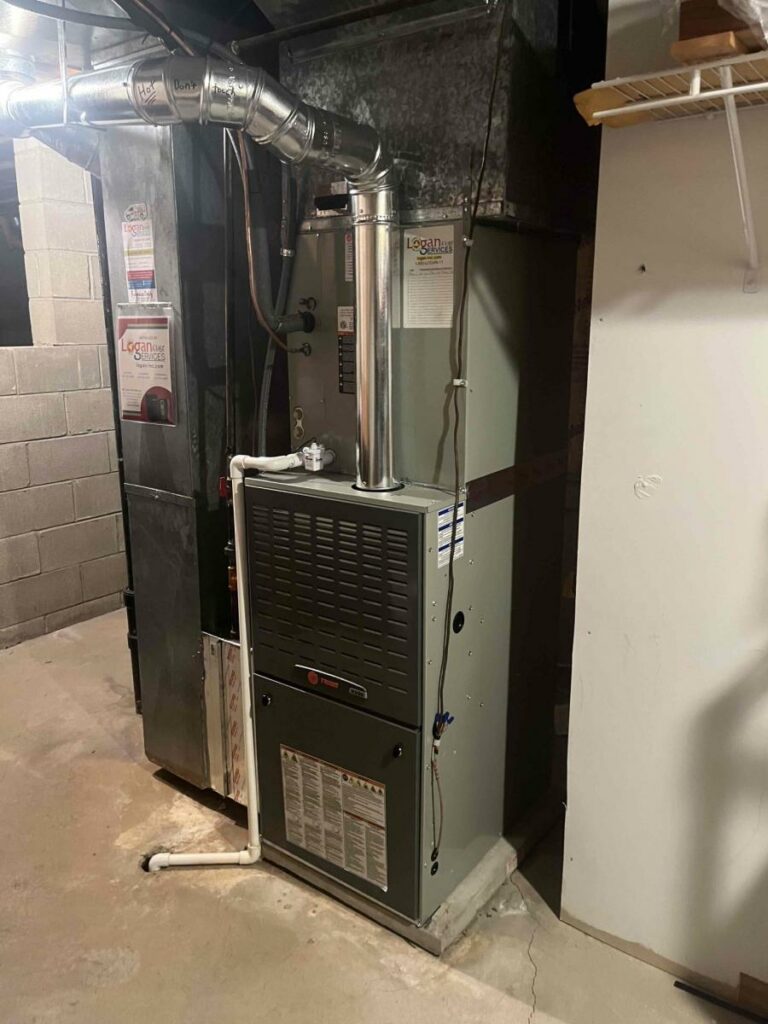
- Stages of Heat : Regardless of whether you have an 80% or 95% furnace, you may have the option to choose single-stage, two-stage, or variable/modulating operation. This may be one of the most impactful decisions when choosing a furnace of any efficiency level.
- Single Stage : A single-stage furnace is built to run at one heating speed. Regardless of the weather (50-degree day vs. 10-degree day), it turns on at max capacity and runs until the temperature meets the thermostat setting. This single-speed operation is effective but can cause wear and tear on your system and impact your electric bills.
- Two Stage : Offering another speed of operation, a two-stage furnace will run at 2 different heating levels. The first stage will start at roughly 60% capacity and if needed, ramp up to 100% capacity in the second stage of operation.
- Variable Speed : A variable-speed furnace will offer you the most efficient and effective heating on the market. This furnace functions with a fully modulating gas valve, which means it could start at 30% and ramp up/down in increments. In addition to the stages of heat offered with a modulating furnace, blower speeds are also adjusted and used as needed, providing the most efficient operation.
- Airflow : In addition to your furnace having the option for single-stage, two-stage, and variable speed heating capacity, the option for different airflow speeds can also impact your home comfort. A single-stage furnace will only offer one speed of airflow. When the furnace kicks on, this can often result in a loud ‘whoosh’. On the other hand, a modulating furnace will provide multiple blower speeds to allow better airflow that remains consistent during operation. With better, variable-speed airflow, you get a closer balance of temperature and humidity.
Which Is Better? 80% Vs. 95% Efficient Furnace
Now that you’ve learned about efficiency ratings and the difference that a high-efficiency furnace can yield, you should be well-equipped to make the best decision for your home and your heating needs. In our expert opinion, if you are planning to live in your home for 5+ years, the 95% furnace is the clear winner, as you may already recoup savings in energy costs within the first 3-5 years of operation that offset a higher purchase price. Alternatively, if you are installing a system in a rental property or a home you are planning to sell soon, you may replace the furnace with an 80% system. However, high-efficiency heating equipment could be a great selling feature to potential homebuyers.
As energy costs rise, the need for high-efficiency appliances will only continue to benefit homeowners. Choose a company that can offer you a quote on both mid-efficiency and high-efficiency gas furnaces so you can compare options for your specific application and budget.
Bottom Line for Furnace Efficiency
When considering the best new furnace for your home, whether you opt for a standard efficiency furnace or a high-efficiency heating system, understand that either option can help provide more comfort and reliable operation than your existing heating system if you do the following:
- Choose a reputable HVAC manufacturer of furnaces
- Partner with a trustworthy heating and cooling company who can provide you options for both efficiency levels, and if you choose a 90%+ unit, ensure that the installing company has an abundance of experience with replacing and servicing this type of equipment.
Do your research and understand that you have many options for your HVAC replacement project. For all your gas furnace, heat pump, and air conditioning needs, contact our team of experts at Logan Services. We are proud to offer free estimates for system replacement with next-day installation to help get your project checked off your to-do list on time.
FAQs
Why would my natural gas bills be higher now that I have a high-efficiency furnace?
There are a few reasons why your gas bills may not have gone down since upgrading to a high-efficiency heating system. Some of these include 1) seasonality and more extreme weather patterns that cause your usage to spike year over year, 2) an increase in propane or natural gas prices, or 3) your equipment is malfunctioning. If you can’t equate the rise in costs to increased usage and/or fuel prices, contact the company who installed your natural gas furnaces.
Is an electric furnace considered high-efficiency heating?
Yes. Unlike natural gas and propane furnaces that require fuel to be burned, an electric furnace (air handler) simply uses electricity and has no wasted energy. Technically, an air handler is 100% efficient because all the incoming energy it receives is converted into heat. Although they are 100% efficient, they can be costly to operate all winter long. You will not have a gas bill to worry about, but you will see the impact on your electricity fees.
How do I get the best price on a furnace?
Some tips for getting the ‘best bang for your buck’ when it comes to furnace replacement include 1) choosing a high-efficiency heating system for utility savings, (2) partnering with a HVAC contractor who offers seasonal discounts, manufacturer rebates, and financing options, and 3) utilizing any local incentives through your utility companies or government tax credits that are available at your time of purchase.
